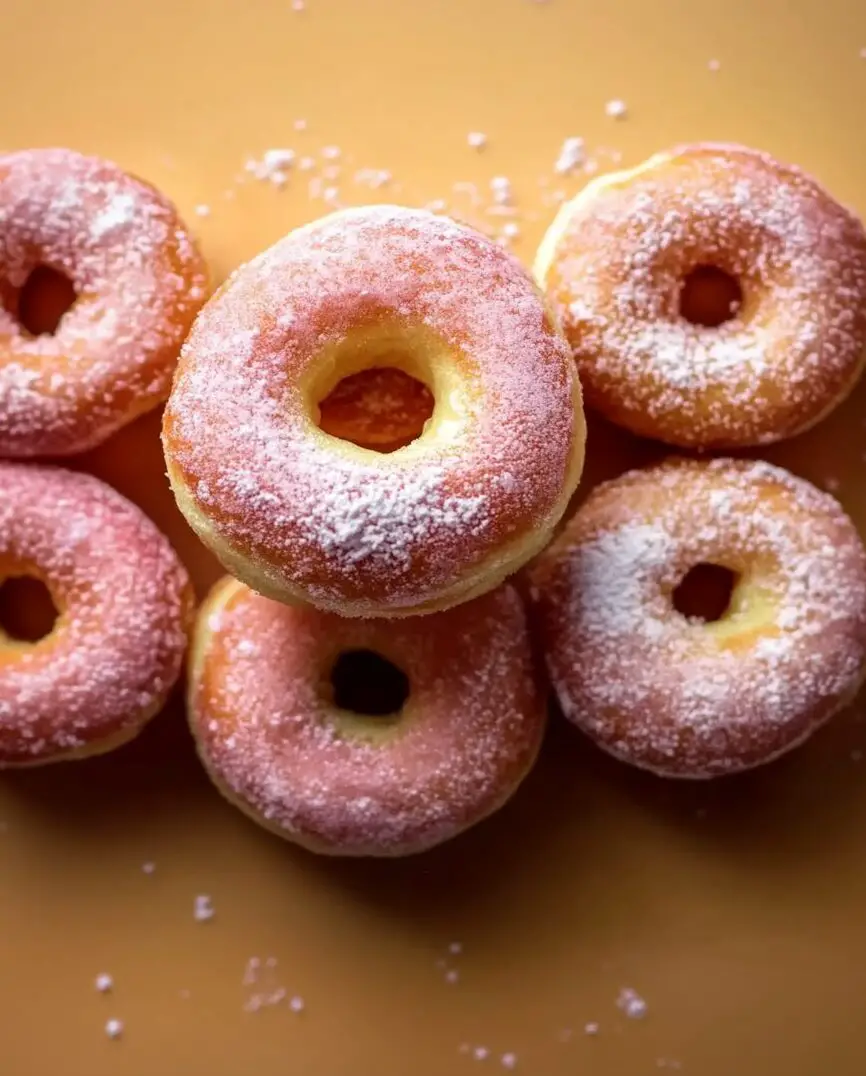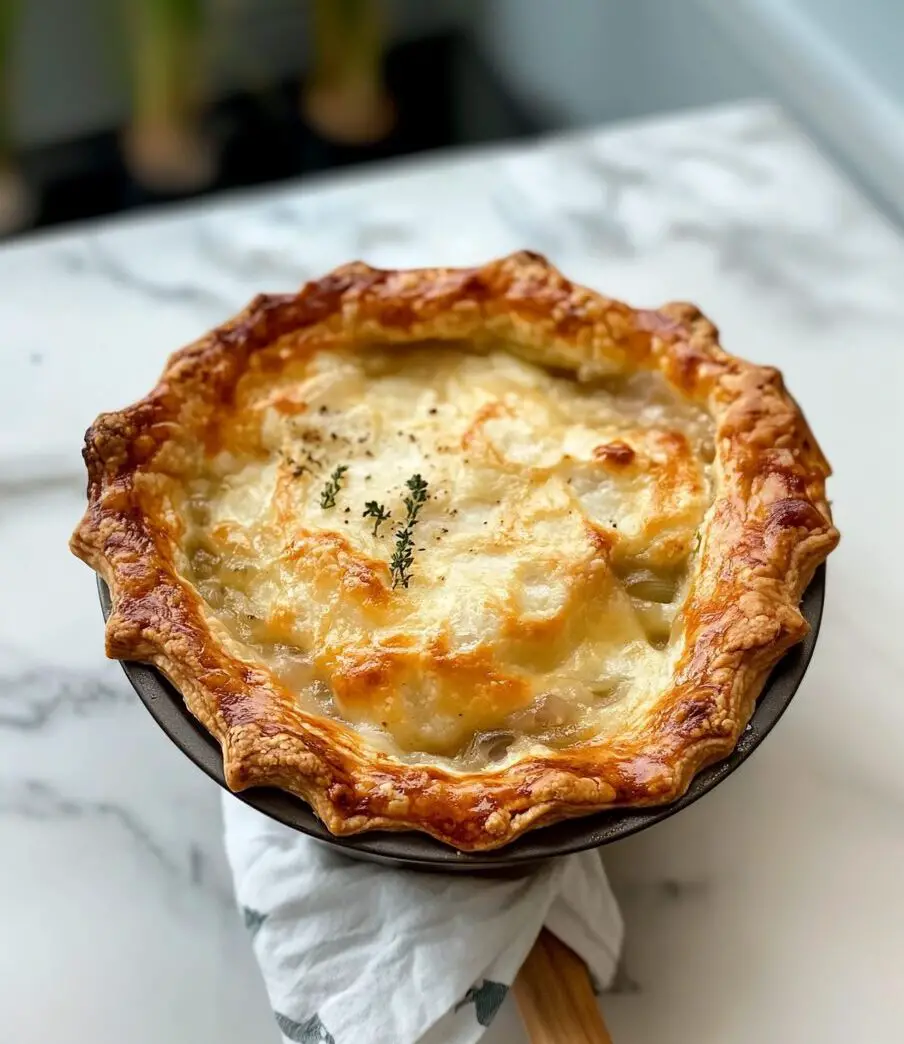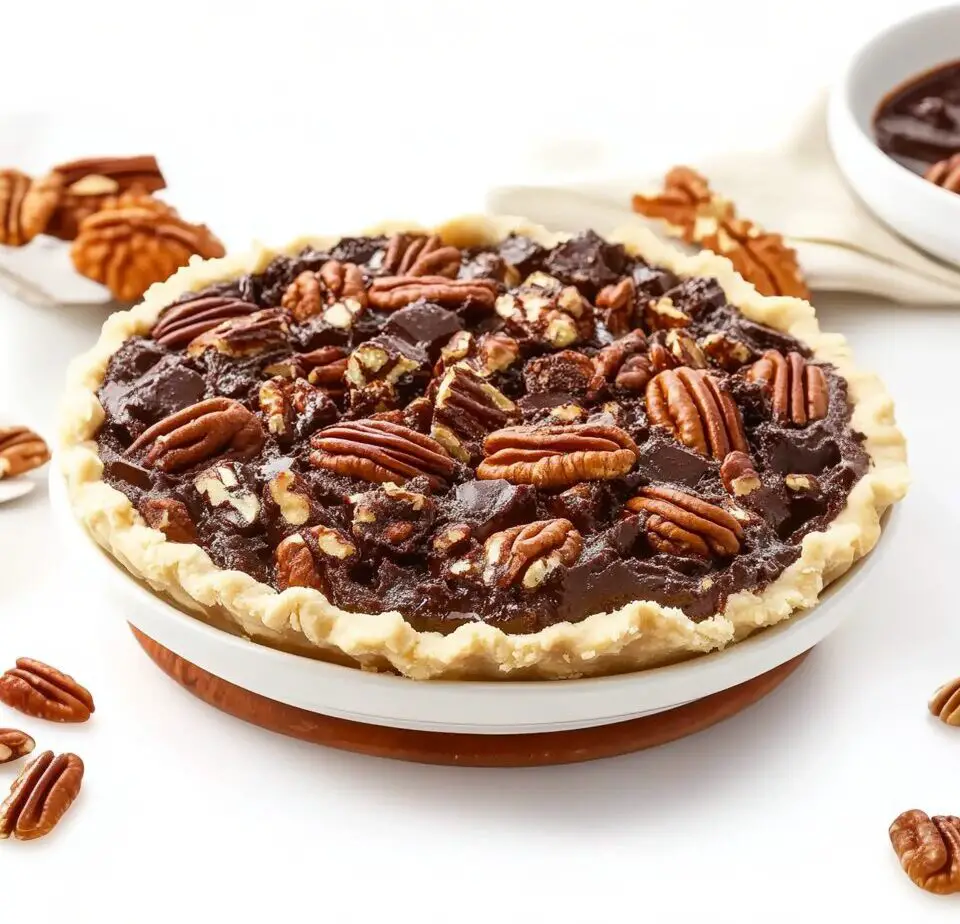Indulge in the delightful world of homemade doughnuts with this recipe for Perfect Yeast Doughnuts filled with sugar, jam, Nutella, and cream. These light, fluffy doughnuts are a treat for the senses, offering a perfect balance of sweetness and richness. Whether you’re a seasoned baker or a novice in the kitchen, this recipe provides clear instructions to help you create these delectable treats at home.
Full Recipe:
Ingredients
- 6 tablespoons lukewarm water
- 5 ounces buttermilk, at room temperature
- 1 egg, at room temperature
- 2 ounces melted butter
- 16 ounces all-purpose flour (or bread flour)
- 2 ounces sugar
- 1 teaspoon salt
- 1½ teaspoons quick-rise yeast (or regular dried yeast)
- 16 ounces olive oil for frying
- 4 ounces sugar (for coating the doughnuts)
- Jam, chocolate hazelnut spread (like Nutella), and/or whipped cream for filling
Directions
- Prepare the Dough:
- In a bread machine, place the lukewarm water, buttermilk, beaten egg, and melted butter. Add the dry ingredients, except for the yeast. Make a small indentation in the dry ingredients and add the yeast. Set the bread machine to the ‘dough’ setting.
- Alternatively, in a stand mixer with a dough hook or by hand, combine the dry ingredients in a bowl. In a separate cup, sprinkle the yeast over the lukewarm water and let it sit for about 5 minutes until it becomes frothy. Make a well in the center of the dry ingredients and pour in the buttermilk, egg, melted butter, and yeast mixture. Mix until a dough forms, then knead for about 5 minutes using the dough hook or by hand for 10 minutes. Cover the dough and let it rise until at least doubled in size, approximately 1 to 2 hours.
- Shape the Doughnuts:
- Once the dough has risen, turn it out onto a floured surface and knead lightly. Divide the dough in half, keeping one half covered. Roll out the first half to about ½-inch thickness. Use a 3-inch round cutter to cut out doughnuts, and a smaller 1-inch cutter to remove the centers, saving the holes. Place each doughnut and hole on a piece of parchment or waxed paper. Repeat with the remaining dough. Cover and let the doughnuts rise until doubled in size, about 30 minutes.
- Fry the Doughnuts:
- Heat the olive oil in a large pot, deep fryer, or wok to about 350°F (180°C). Test the oil by dropping in a doughnut hole; if it browns quickly, the oil is ready. Carefully lower the doughnuts into the hot oil using the parchment paper. Fry until golden brown on both sides, about 2 to 3 minutes per side. Remove the doughnuts with a slotted spoon and drain on paper towels.
- Coat and Fill the Doughnuts:
- While the doughnuts are still warm, roll them in sugar to coat evenly. To fill, use a skewer to make a hole in the center of each doughnut. Fill a piping bag with jam, chocolate hazelnut spread, or whipped cream, and pipe the filling into each doughnut. Alternatively, for a Scottish-style doughnut, slice the doughnut in half, spread with jam, and pipe in fresh cream.
Nutritional Facts (Per Serving)
- Calories: Approximately 180 kcal
- Carbohydrates: 33 g
- Protein: 4 g
- Fat: 4 g
- Saturated Fat: 2 g
- Polyunsaturated Fat: 0.3 g
- Monounsaturated Fat: 1 g
- Trans Fat: 0.1 g
- Cholesterol: 20 mg
- Sodium: 183 mg
- Potassium: 50 mg
- Fiber: 1 g
- Sugar: 11 g
- Vitamin A: 121 IU
- Vitamin C: 0.001 mg
- Calcium: 17 mg
- Iron: 1 mg
A Brief History of Doughnuts
The origins of doughnuts can be traced back to Dutch settlers in the United States, who introduced a version of fried dough called “olykoeks” or “oily cakes.” These early doughnuts were deep-fried and often flavored with spices like cinnamon or nutmeg. The shape we recognize today – the ring-shaped doughnut – came into existence in the mid-19th century, with the invention of the doughnut cutter. This innovative design allowed for more even cooking and a unique texture that remains the hallmark of doughnuts today.
Over the years, doughnuts have evolved, with different countries and cultures adding their own twists. From the Italian bomboloni to the Japanese kaki no tane, the doughnut has taken on many forms across the globe. In the United States, the doughnut became a staple in bakeries and cafes, and today, it continues to be a beloved treat enjoyed by people of all ages.
The Magic of Yeast Doughnuts
Unlike cake doughnuts, which rely on baking powder for leavening, yeast doughnuts are made with active yeast, a microorganism that ferments the dough, creating air pockets and causing it to rise. This fermentation process is what gives yeast doughnuts their light, fluffy texture, which is both airy and slightly chewy. The flavor of yeast doughnuts is subtly sweet, and their texture makes them perfect for absorbing fillings like jam or cream.
Making yeast doughnuts requires some time and patience, as the dough must rise and rest in between steps. However, the result is well worth the wait. The doughnuts are airy and delicate on the inside, with a crisp golden exterior. This combination of textures makes yeast doughnuts a favorite for those who prefer a lighter, less dense treat compared to cake doughnuts.
Perfecting the Doughnut Dough
The key to perfect yeast doughnuts is the dough itself. A well-made dough provides the structure and texture that makes the doughnuts light and fluffy. This recipe calls for a combination of lukewarm water, buttermilk, egg, and melted butter. The buttermilk adds a slight tang to the dough, which complements the sweetness of the sugar and the richness of the butter. The egg helps bind the ingredients together and contributes to the dough’s smoothness.
The dough also includes a healthy amount of flour, which provides the structure necessary for the dough to rise properly. All-purpose flour or bread flour can be used, with bread flour offering a slightly chewier texture due to its higher protein content. The yeast in the dough is what causes the dough to rise, and it’s important to allow the dough to rest and rise in a warm environment. This gives the yeast time to work its magic, creating a light and airy dough that will puff up when fried.
Frying: The Crucial Step
The frying process is where the doughnuts transform from dough to delicious golden treats. The doughnuts are fried in hot oil, typically at a temperature of 350°F (180°C). This temperature is crucial because it allows the doughnuts to cook quickly on the outside while remaining light and airy on the inside. If the oil is too hot, the doughnuts may burn on the outside while remaining raw inside. Conversely, if the oil is too cool, the doughnuts may absorb too much oil, resulting in greasy, heavy treats.
It’s important to monitor the oil temperature closely throughout the frying process. A thermometer is a helpful tool, but you can also test the oil by dropping a small piece of dough into it. If the dough rises to the surface and starts to brown within a few seconds, the oil is ready. Frying the doughnuts for about 2 to 3 minutes on each side ensures they are perfectly golden and cooked through.
Coating and Filling: Adding the Finishing Touch
Once the doughnuts are fried to perfection, it’s time to coat them in sugar and fill them with your favorite fillings. The coating of sugar is a classic touch that adds an extra layer of sweetness and crunch to the doughnuts. While the doughnuts are still warm, roll them in granulated sugar to coat them evenly. This helps the sugar stick to the surface and enhances the doughnut’s flavor.
The filling is where the fun begins. The recipe calls for a variety of fillings, including jam, chocolate hazelnut spread (like Nutella), and fresh whipped cream. You can choose one filling or mix and match to create an assortment of flavors. The key is to pipe the filling into the doughnuts while they are still warm, ensuring that each doughnut is filled with just the right amount of goodness.
For a more traditional approach, you can slice the doughnut in half and spread jam or Nutella on the inside. For a lighter option, whipped cream is a great choice. You can also experiment with different fillings based on your preferences or seasonal ingredients.
The Versatility of Yeast Doughnuts
One of the reasons yeast doughnuts are so beloved is their versatility. While the classic sugar-coated doughnut is always a favorite, you can easily customize the flavor and filling to suit your tastes. The dough itself is neutral enough to pair with a wide range of sweet fillings, making it the perfect base for a variety of creative doughnut combinations.
Jam-filled doughnuts are a classic choice, and you can use any type of jam or fruit preserve you like. Raspberry, strawberry, or blueberry jam all make excellent options, but you can also experiment with more unique flavors like lemon curd or fig jam.
Nutella-filled doughnuts are a crowd-pleasing option for those who love chocolate-hazelnut spreads. Nutella’s creamy, rich texture pairs perfectly with the light, fluffy dough, creating a decadent treat that’s sure to satisfy your sweet tooth.
Whipped cream is another popular filling, offering a light and airy contrast to the richness of the fried dough. For a more indulgent treat, you can even make your own whipped cream with a touch of vanilla or cinnamon.
The Joy of Homemade Doughnuts
There’s something special about making doughnuts from scratch. While store-bought doughnuts are convenient, they can’t compare to the joy of biting into a warm, freshly made doughnut that you’ve crafted yourself. The process of making yeast doughnuts requires a bit of time and effort, but the results are incredibly rewarding. Not only do you get to enjoy a delicious homemade treat, but you also have the satisfaction of knowing that you’ve created something from scratch.
Homemade doughnuts are perfect for special occasions, family gatherings, or simply as a weekend baking project. They make a great breakfast, dessert, or snack, and they can be customized to suit any taste. Whether you prefer them with a classic sugar coating, filled with jam, or stuffed with Nutella, these doughnuts are sure to impress.
Conclusion
Making Perfect Yeast Doughnuts with Sugar, Jam, Nutella, and Cream is an experience that every baker should try at least once. These doughnuts are a true labor of love, from the careful preparation of the dough to the precise frying technique. The result is a batch of doughnuts that are light, fluffy, and perfectly sweet, with the added bonus of customizable fillings that take them to the next level.








